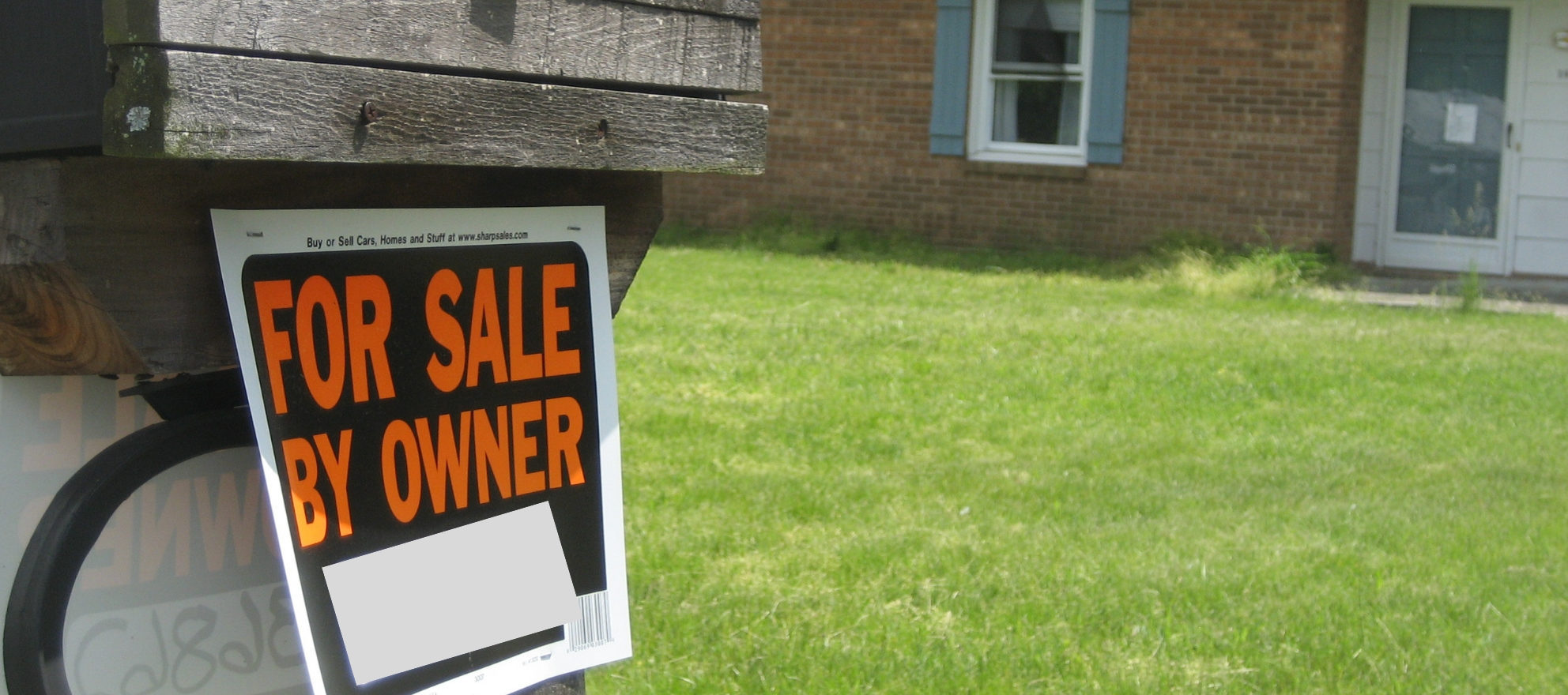Growing up, all kids go through a phase where they can’t wait to get out of their parents’ house and live by their own rules. The first tastes of independence and adulthood — driving, going to college, renting an apartment — often culminate in those kids growing up to purchase a home of their own.
That is, until 2008 when the U.S. economy crashed and many of those “kids,” now newly graduated millennials, decided that given their staggering student debt and lack of employment opportunities, moving back in with the ‘rents seemed like the most sensible thing to do.
Fast forward to 2018, and those same millennials are finally ready to purchase real estate thanks to a healthier economy and hot real estate markets throughout the U.S. Although this is a good thing, it causes a slight dilemma: The baby boomer parents, now empty nesters, don’t need their five-bedroom two-story home anymore — they want the same kind of home millennials want.
The scene
In some urban markets, for the first time ever, there’s a battle between baby boomers and millennials. Both groups want the same things from a home as they enter a newly found independent stage of life. Boomers, who watched their 401(k) and home equity accounts dip during the recession, are now enjoying the robust economy they were promised at retirement.
Selling their home and walking away with a substantial amount of money is allowing them to make some pretty fun life decisions.
At the same time, millennials are pulling blankets down from over their eyes after having lived for the past half-decade in a state of fear watching many of their older friends and parents live through some pretty difficult financial situations. But because they lived at home during that time, and many of them did garner high-income earning jobs, they are sitting on some cash, and it’s burning a hole.
“What should we invest in?” they ask. The common answer and eventual decision is real estate.
Everyone wants fun and convenience
Baby boomers are not looking to retire to sleepy, quiet communities. Instead, they’re heading downtown to be close to the amenities of city life: restaurants, theater, museums, entertainment and more.
The revitalized downtown living areas that were conceived for millennials are often equally appealing to baby boomers. As AARP points out, baby boomers are buying into an “urban retirement” and downsizing into the upscale, amenity-rich, full-service apartments.
According to the National Association of Realtors 2018 Home Buyer and Seller Generational Trends study, millennials are now the largest share of homebuyers. However, they’re not interested in the larger, suburban homes baby boomers are now looking to unload.
True to this generation’s style and swagger, convenience is key. (Thanks again, Uber!) This has led to an interesting real estate market in that both baby boomers and millennials are after the same things — smaller homes in more urban, walkable suburbs and cities, with coffee shops, bars, restaurants and other amenities just around the corner.
Which generation is winning?
Who is coming out on top in today’s challenging, low-inventory market? The answer is not a simple one. While baby boomers may be sitting on a larger amount of cash and can appear to be financially stronger to a seller, millennials are exceptionally skilled when it comes to home-finding.
Patience is low and the desire for instant gratification is high for millennials, and with tech at their fingertips, they are often able to pounce on real estate opportunities faster than many of their baby boomer counterparts.
With the help of aggressive real estate agents and tech tools, the first one to make a strong offer can have the edge.
Christian Klempp, a condo expert and licensed Realtor with Engel & Völkers Minneapolis, has also observed the phenomenon. “The ability of many baby boomer buyers to use cash to purchase remains a huge competitive advantage,” Klempp said. “Older, experienced buyers are also more comfortable forgoing inspection contingencies and streamlining the extensive disclosure requirements involved in a condo purchase.”
He agrees that this is a trend gaining momentum.
“Young professionals shopping for an urban primary residence are competing with their parents as downsizing empty nesters in search of the same urban living experience and turnkey lifestyle.”
How agents can help
How do we as professionals counsel our clients?
Setting expectations is crucial. Spend some time with your clients in the urban areas where they’re considering making their investment. Purchase for them a gift card or two from some of the local establishments that make the area famous. Give them an immersive experience.
Most of the time, specifically for the baby boomers coming from the suburbs, moving downtown is going to be a huge life adjustment. If they have a vision of what it’s going to be like living “in the city,” but reality ends up being quite different, it is because we, as real estate professionals, failed to educate or help set those expectations.
They might be listing the place soon, and unfortunately, they probably won’t choose you as their agent again.
For the younger crowd, it’s all about making sure their finances are in order and they are ready to rock in a competitive situation.
As Klempp suggested, the cash-heavy baby boomers have a potential distinct advantage over their younger counterparts. Getting pre-approved, being swift enough to not only see a listing but offering on it, appearing financially solid and working with reputable lenders will be paramount to their success in winning the deal.
As a professional, it’s important to notice these trends. It makes for some very interesting conversations and needed knowledge in the area of inventory and demand. Preparation, as they say, leads to execution.
Jack Borie is license Realtor, Partner, and Senior Real Estate Strategist at Affinity Hills Realty San Diego. Follow him on Facebook or connect with him on LinkedIn.
This article was written by Geoffrey Bray and was pulled directly from Inman News with no curation or modification by Affinity Hills Realty. The views and opinions of authors expressed in this publication do not necessarily state or reflect those of Affinity Hills Realty, its affiliated companies, or their respective management or personnel







